In the unforgiving vastness of the Arctic, where temperatures can plummet below -50°F and the sun disappears for months, survival is a test of extremes. Yet in this frozen wilderness, one small, unassuming creature not only endures—it thrives. Meet the Arctic fox, nature’s frost-coated survivor and master of the deep freeze. With a coat that changes color with the seasons, a metabolism tuned for icy endurance, and instincts honed by millennia of evolution, the Arctic fox has unlocked the secrets to living in one of the harshest climates on Earth. But how does this pint-sized predator manage to outsmart the cold when even larger animals struggle? Let’s step into its snow-packed world to discover the remarkable adaptations that make the Arctic fox one of nature’s most incredible cold-weather champions.
A Fur Coat Like No Other
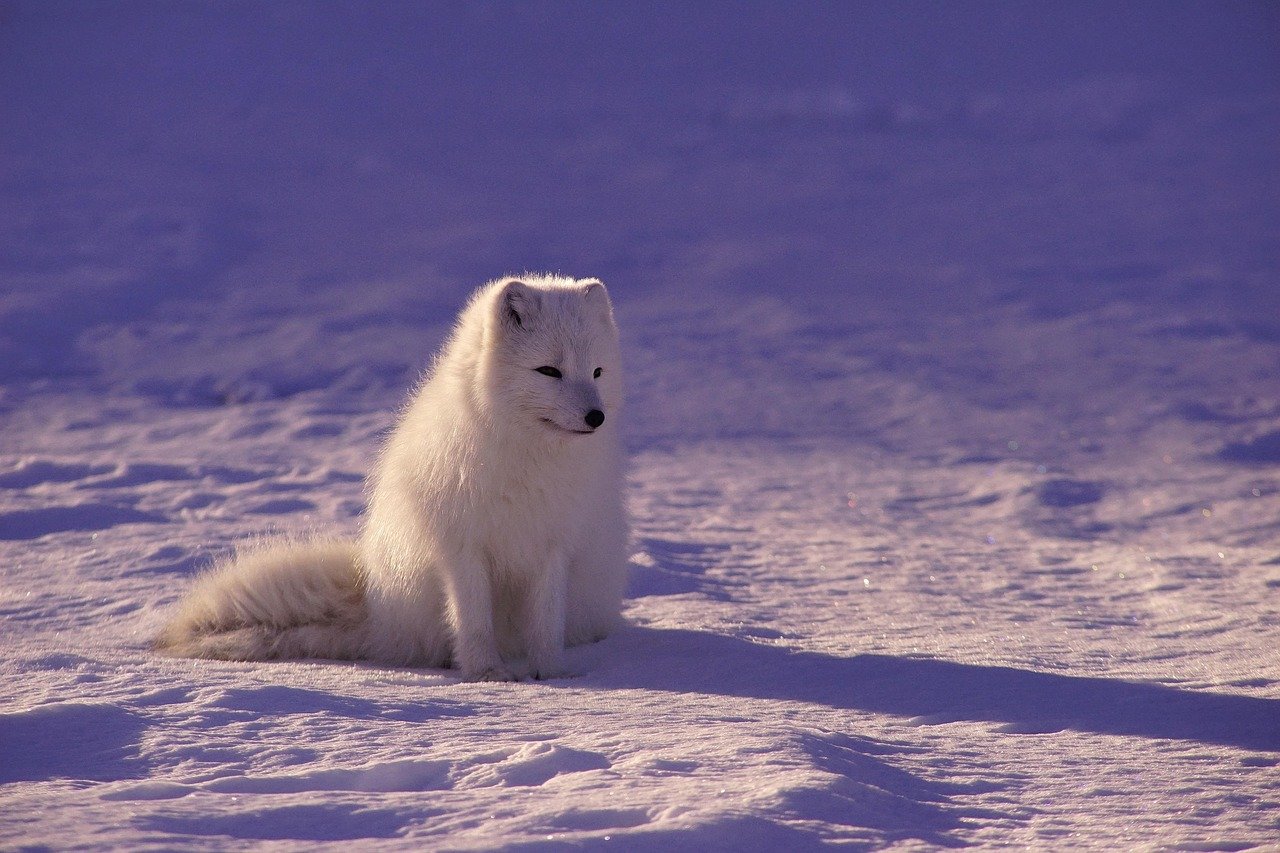
The Arctic fox doesn’t just wear any old fur coat; it sports one of the most extraordinary natural jackets on Earth. This coat isn’t simply thick—it’s like a puffy winter parka that covers every inch of the fox, from the tip of its nose to the pads of its paws. The fur is so dense and warm that even when temperatures drop to minus 50 degrees Celsius, the fox stays snug as a bug in a rug. What’s even more incredible is that this coat changes with the seasons. In winter, it turns dazzling white, blending seamlessly with snow and ice. In summer, it sheds for a brown or grey look, perfect for hiding among rocks and tundra. This built-in wardrobe change keeps the fox both stylish and safe all year round.
The inner layer of fur is especially soft and traps air close to the skin, acting like insulation in a house. The outer layer is longer and water-resistant, protecting the fox from icy winds and freezing rain. Imagine wearing the world’s best puffer jacket, but never getting too hot or too cold—that’s the daily life of the Arctic fox. Even their tails are fluffy and thick, acting as a cozy scarf they can wrap around their faces while they sleep. This remarkable adaptation means that the Arctic fox is always dressed for the harshest weather, no matter what nature throws its way.
Small Body, Big Advantage
At first glance, you might think being small would be a disadvantage in the Arctic. Not for the Arctic fox! Their compact size is actually a secret weapon against the cold. With short legs, a stubby muzzle, and rounded ears, the Arctic fox has less body surface exposed to the icy air. This means it loses less heat, keeping precious warmth where it belongs—inside.
Unlike animals with long, gangly limbs, the Arctic fox’s shape is a perfect example of nature’s clever design. The fox curls up tight, tucking its nose and feet under its tail, making itself into a tiny, insulated ball. This position helps conserve heat, like when you pull your knees to your chest under a blanket. The fox’s body is built for efficiency, using every ounce of energy to stay warm and agile, even in the most unforgiving conditions.
Supercharged Metabolism
Life in the Arctic is like running a marathon every day just to stay alive. The Arctic fox keeps its internal engine revving with a supercharged metabolism. This fast metabolism burns food quickly, producing much-needed body heat. Even when food is scarce, the fox’s body is designed to use fat stores wisely, providing energy over long, hungry winters.
When food is plentiful, the fox eats as much as it can, storing fat in its body like a living pantry. During the darkest, coldest months, it taps into these reserves to survive. Think of it as having a secret stash of snacks for the worst snow days. This metabolic magic allows the Arctic fox to keep moving, hunting, and staying warm when most animals would simply give up.
Unrivaled Hunting Instincts

Finding food in a frozen world isn’t just hard—it’s a test of patience, cleverness, and sometimes pure luck. The Arctic fox has developed remarkable hunting instincts to sniff out every possible meal. Its keen sense of hearing allows it to detect the faintest rustle beneath deep snow. When it hears prey, the fox leaps high and dives nose-first into the snow, often emerging with a lemming or vole in its jaws.
But the Arctic fox isn’t picky. It will eat almost anything it can find, from small mammals to birds, fish, insects, and even leftover scraps from polar bears. It’s the ultimate survivor, adapting its diet to whatever’s available. This flexibility means that, even in the harshest months when the landscape seems lifeless, the Arctic fox can always find something to eat—sometimes even scavenging frozen carcasses or stealing from other predators.
Resourceful Food Storage Habits
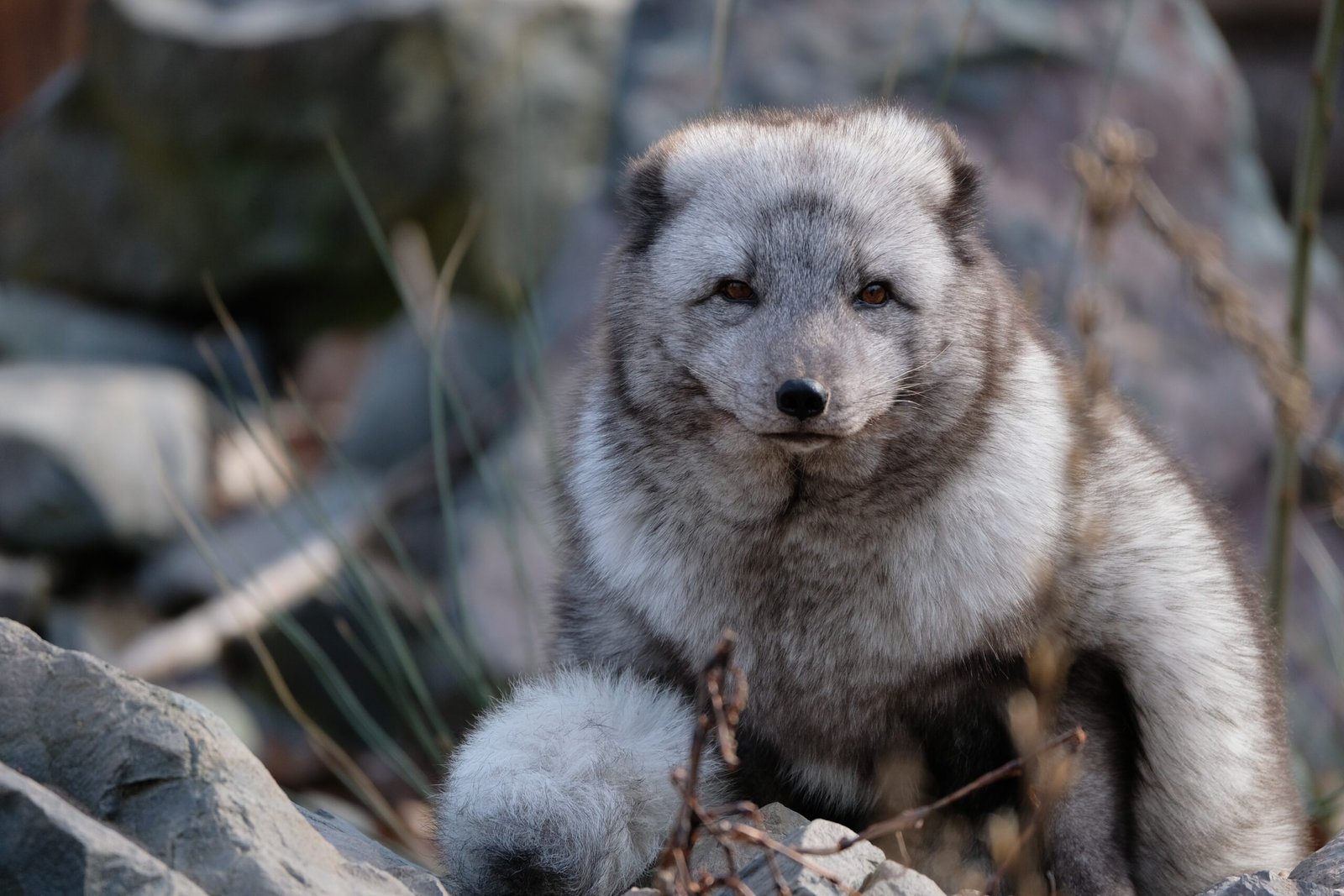
The Arctic fox is a master at planning ahead, especially when it comes to food. When times are good and food is plentiful, the fox buries extra meals in the snow, creating hidden caches to return to when hunting gets tough. These secret food stashes are like a savings account, helping the fox survive long periods of scarcity.
The fox’s incredible memory helps it remember the locations of these caches, even after weeks or months. This behavior is critical to survival, especially during the polar night when darkness and snow make hunting difficult. By thinking ahead and storing food, the Arctic fox turns a harsh, unpredictable environment into a place where it can thrive, not just survive.
Amazing Camouflage Skills
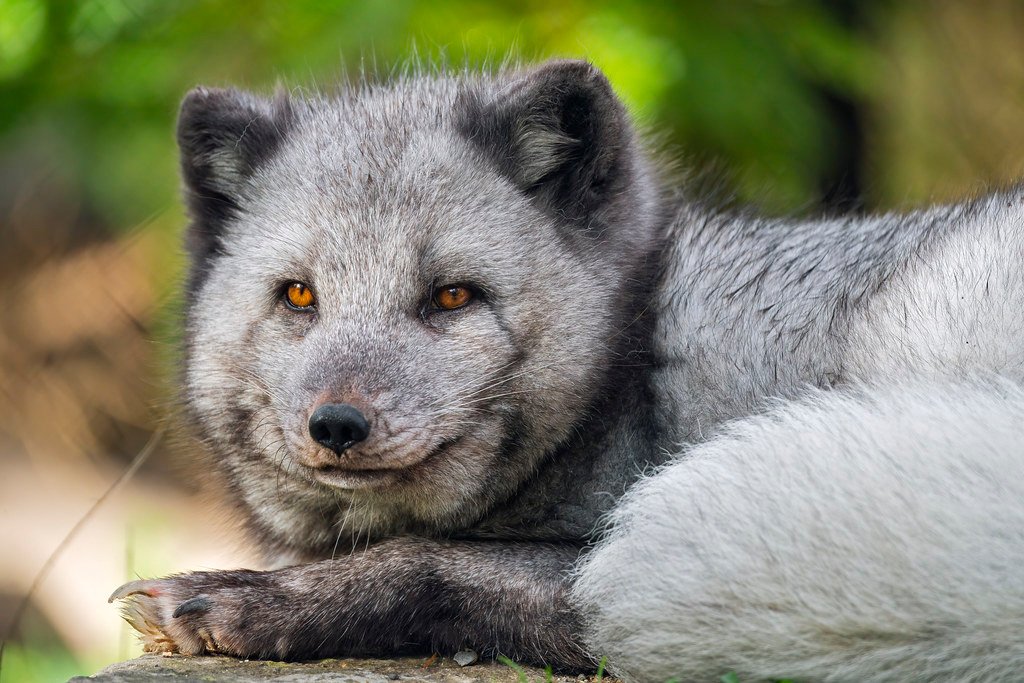
Blending in isn’t just about fashion for the Arctic fox—it’s about survival. In winter, its snowy white coat allows it to disappear against the frozen landscape, making it nearly invisible to both predators and prey. This camouflage is so effective that you could walk right past an Arctic fox curled up in the snow and never notice it was there.
When summer arrives and the snow melts, the fox’s fur changes to shades of brown or grey, matching the rocks and plants of the tundra. This seasonal shift is a brilliant trick that keeps the fox hidden from danger all year long. The ability to change color isn’t just practical—it’s a testament to the fox’s incredible adaptability.
Incredible Cold Tolerance
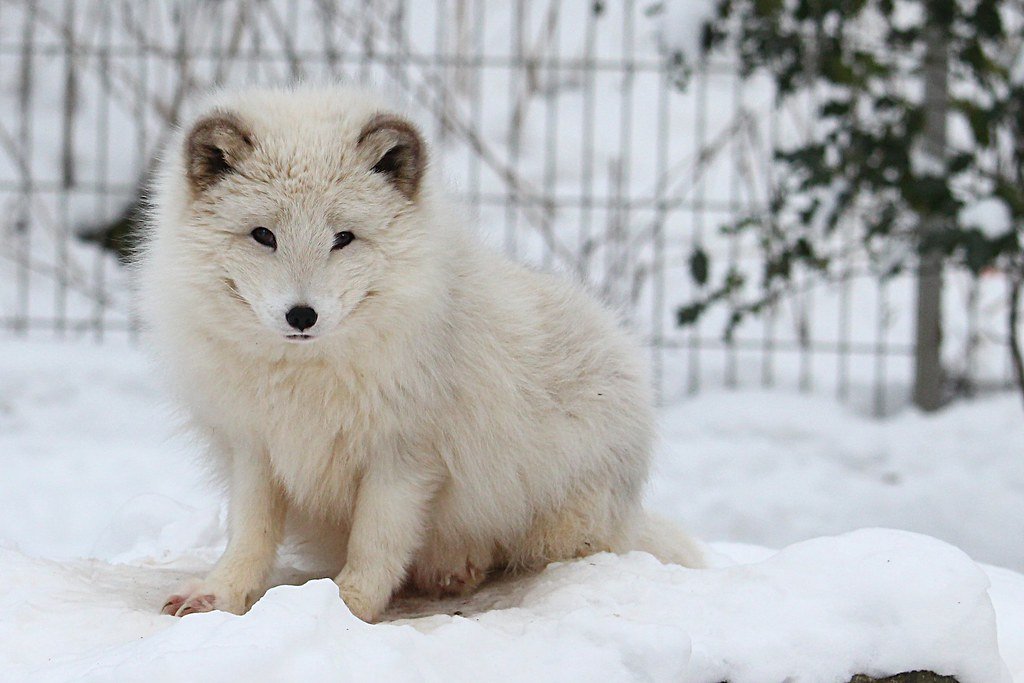
The Arctic fox can withstand temperatures that would freeze most creatures solid. Thanks to its thick fur, compact body, and metabolic superpowers, it can thrive at temperatures as low as -50 degrees Celsius. Its paws are covered in fur, which acts like built-in snow boots, insulating against the frozen ground and giving the fox extra grip on slippery ice.
Unlike some animals that hibernate or migrate, the Arctic fox remains active all winter, roaming vast distances in search of food. Its body is so well-adapted that it rarely shivers, conserving energy for more important tasks like hunting and raising pups. This resilience makes the Arctic fox one of the toughest animals on Earth—a true champion of the cold.
Family Bonds and Teamwork
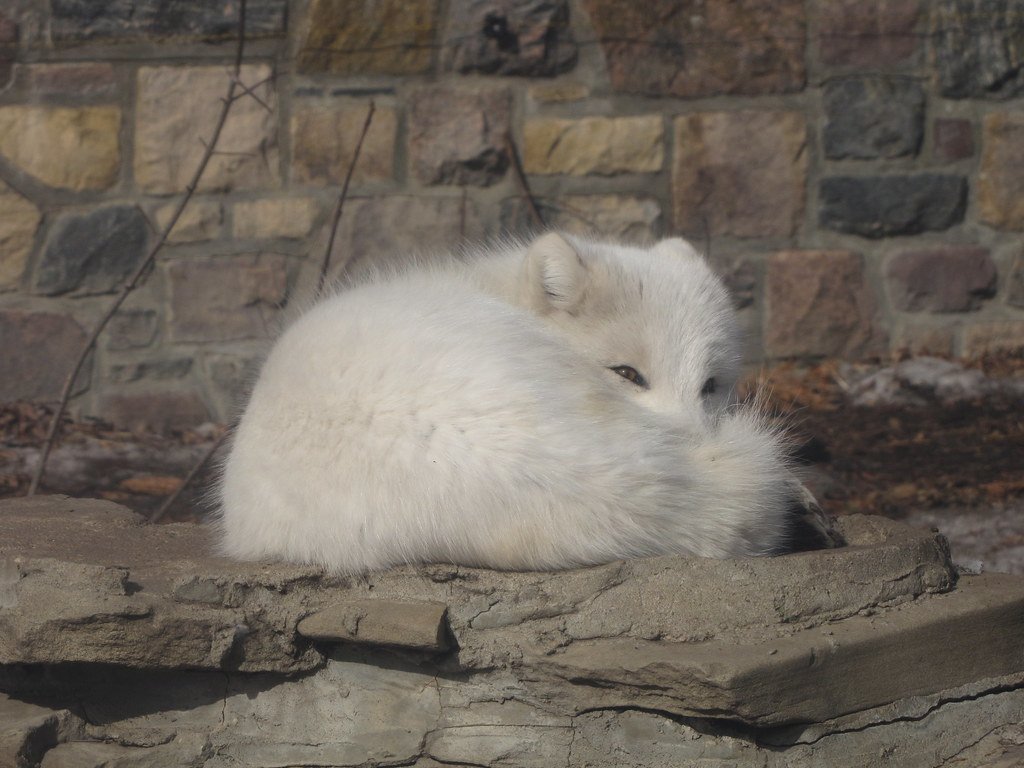
Surviving the Arctic isn’t a solo mission. Arctic foxes often rely on strong family bonds and teamwork, especially during the breeding season. Both parents work together to raise their pups, taking turns hunting and guarding the den. The family shares warmth by snuggling together, and older siblings sometimes help care for younger ones.
These close-knit family units create a support system that increases the chances of survival for everyone. In a world where danger lurks around every snowdrift, having a team to watch out for you is a lifesaver. The emotional bonds between Arctic foxes are as strong as the icy winds they face, proving that even in the harshest climates, love and cooperation make all the difference.
Epic Journeys Across the Ice
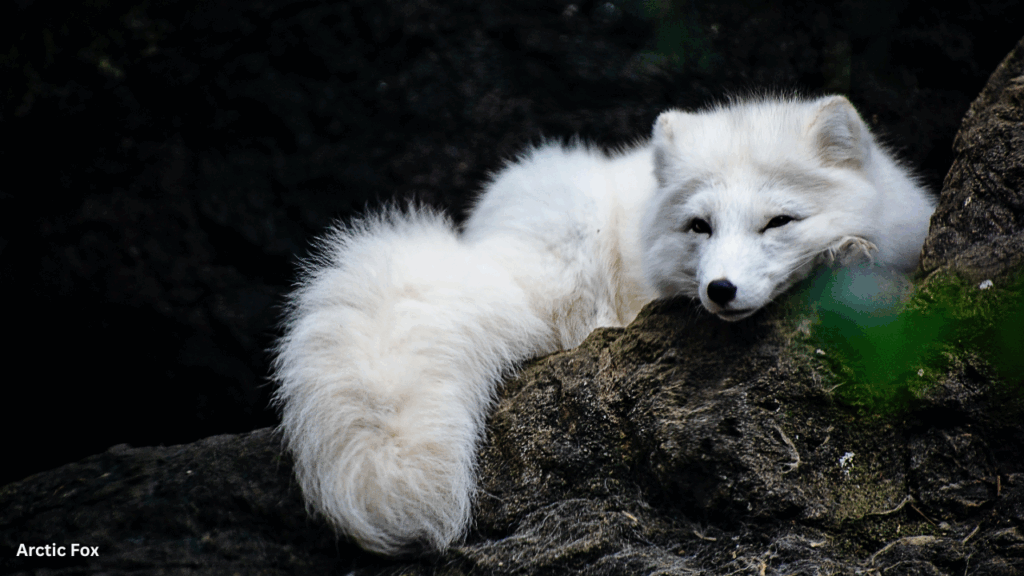
When food runs out in one area, the Arctic fox doesn’t just sit and wait—it sets out on epic journeys across the ice. These treks can cover hundreds, sometimes thousands, of kilometers. The fox travels over frozen seas, braving blizzards and dodging predators, all in search of its next meal.
These incredible migrations show just how determined and resilient the Arctic fox can be. Equipped with unmatched endurance and a nose for survival, it ventures where few other animals dare to go. Some Arctic foxes have even been tracked crossing entire continents, proving that no distance is too far when it comes to staying alive.
Thriving Despite Climate Change
The Arctic fox faces new challenges as climate change reshapes its icy home. Warmer winters, shrinking sea ice, and competition from red foxes are making survival tougher than ever. Yet, the Arctic fox continues to adapt in surprising ways, changing its hunting patterns, exploring new territories, and even shifting its breeding habits.
Scientists are watching closely, inspired by the fox’s resilience and flexibility. While the future is uncertain, the Arctic fox remains a symbol of hope—a living example of how nature finds a way, even in the most unlikely places. As temperatures rise and the world changes, the Arctic fox’s story reminds us of the incredible power of adaptation and the urgent need to protect our wildest places.

Andrew Alpin from India is the Brand Manager of Doggo digest. Andrew is an experienced content specialist and social media manager with a passion for writing. His forte includes health and wellness, Travel, Animals, and Nature. A nature nomad, Andrew is obsessed with mountains and loves high-altitude trekking. He has been on several Himalayan treks in India including the Everest Base Camp in Nepal.






